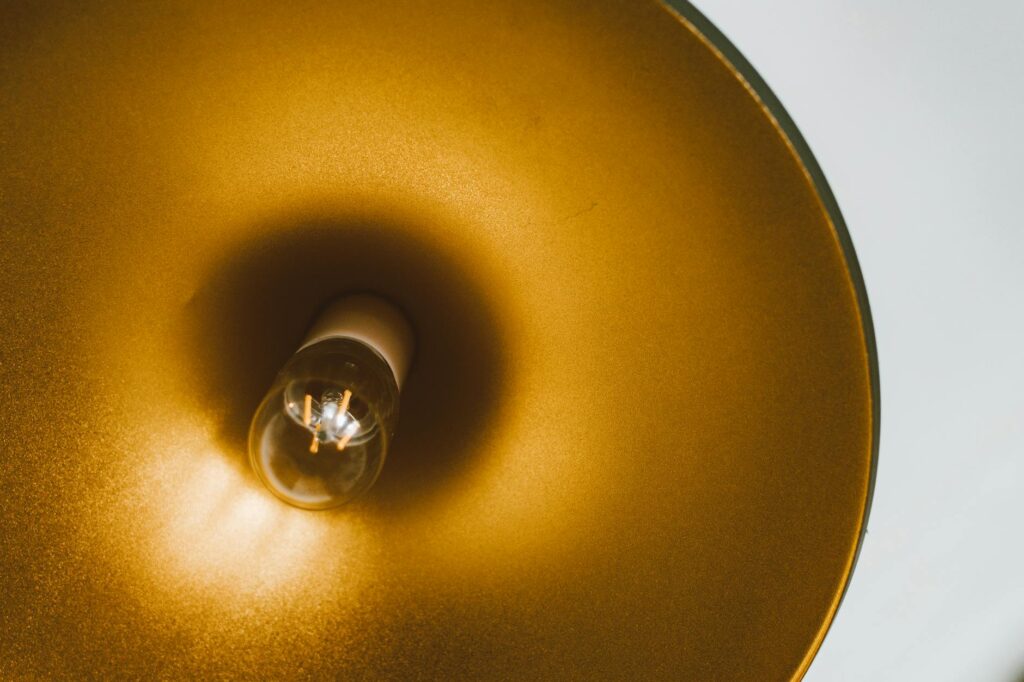Lava lamps, with their mesmerizing motion and hypnotic glow, have captivated the imaginations of people since their inception in the 1960s. However, those new to the lava lamp experience might find themselves asking: How long does it actually take for a lava lamp to heat up? Understanding the mechanics behind these iconic lamps not only satisfies curiosity but also underscores the importance of patience in today’s instant-gratification culture.
The Science Behind Lava Lamps
The functionality of lava lamps is rooted in the physics of liquids with differing densities and solubilities. Inside the lamp, a special type of colored wax is suspended in a liquid. When the lamp is turned on, the heat source at the bottom warms the wax, causing it to expand and become less dense than the surrounding liquid. As the wax heats up, it rises, and upon reaching the top, where it cools, it descends. This cycle creates the lamp’s iconic lava-like appearance. Understanding this process is crucial, as it directly relates to the heating time of the lamp.

How Long Do Lava Lamps Take to Heat Up?
On average, a lava lamp takes between one and three hours to fully heat up and start its captivating flow. The exact time can vary based on the size of the lamp and the ambient temperature of the room. It’s essential to give the lamp sufficient time to reach its optimal operating temperature, ensuring the wax melts properly and the magic begins.
Why Patience is Key
Rushing the process can lead to disappointment. If the lamp is not allowed to heat adequately, the wax may not melt correctly, resulting in clumps that can detract from the visual experience. By allowing the lamp to heat up fully, you ensure the wax has enough time to become completely liquefied, ensuring the smooth, mesmerizing flow that lava lamps are known for.

Maximizing Your Lava Lamp’s Performance
To ensure your lava lamp heats up efficiently and safely, there are several best practices to follow. First, place the lamp in a room with a stable temperature—too cold, and the wax may take longer to melt; too warm, and the lamp might overheat. Additionally, keep the lamp away from direct sunlight and drafts, which can affect its performance. Regularly cleaning the lamp and using it in accordance with manufacturer directions can also prolong its life and enhance its functionality.
Troubleshooting Common Issues
If your lava lamp is taking longer to heat up than usual, there are a few potential culprits. Dust and debris could be interfering with the lamp’s heat source, or the bulb might need replacing. Occasionally, the wax mixture itself can degrade over time, affecting its ability to flow. Regular maintenance and care can mitigate many of these issues, ensuring your lamp remains a visual delight for years to come.
The Joy of Anticipation
In a world dominated by instant gratification, the lava lamp serves as a gentle reminder of the joys of anticipation. Watching the slow, gradual process can be a meditative, calming experience, offering a moment of peace and reflection in our often hectic lives.
Environmental Considerations
While enjoying your lava lamp, it’s also worth considering its environmental impact. Opting for energy-efficient bulbs and being mindful of your lamp’s operating time can help reduce energy consumption, making your lava lamp indulgence a bit more eco-friendly.
Conclusion
Lava lamps take time to heat up, generally between one and three hours, due to the unique physical properties of the wax and liquid within. This process, emblematic of the slower, more deliberate pace of past decades, reminds us of the value of patience and the rewards it can bring. By understanding and respecting the lamp’s operational needs, owners can ensure a more satisfying and long-lasting experience.
Frequently Asked Questions
1. Can I speed up the heating process of my lava lamp?
No, it’s important to allow the lamp to heat up at its own pace to ensure optimal functionality.
2. Is it safe to leave my lava lamp on overnight?
For safety reasons, it’s not recommended to leave lava lamps on for extended periods, especially unattended.
3. How can I tell if my lava lamp needs maintenance?
If the lamp takes longer to heat up or the wax does not flow as expected, it might be time for some troubleshooting or maintenance.




